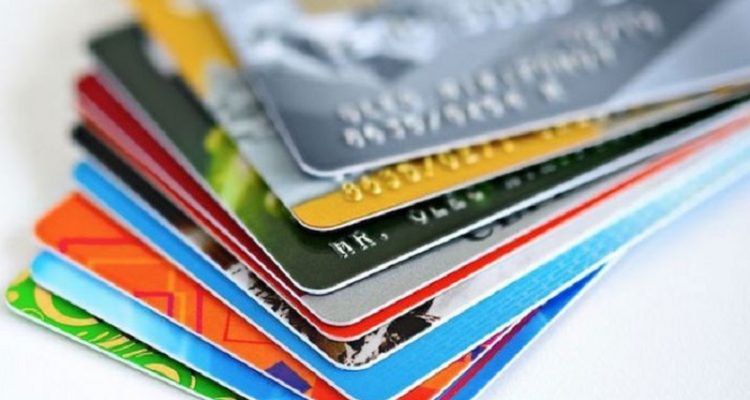If you are looking for a credit card payment processing service, you don’t need to have intimate knowledge of the inner workings. However, it does help to have a general understanding of how it works, since there are fees incurred at various stages of the process.
There are some key players that need to be defined in order to better understand the roles. A cardholder is anyone who has a bankcard, either debit or credit, from the card issuing bank. This is the card they present to merchants at payments for services or goods. A merchant is a business that sells services or goods. However, only merchants that will accept cards play a role in this process. The acquiring bank or the merchant bank is a registered member of the card association. An acquiring bank can be called merchant bank because of the contracts with merchants that will allow businesses to accept cards. These banks provide the merchants with software and equipment to accept cards and handle any customer service that comes along with card acceptance. This bank will also deposit funds the merchant receives from credit card sales into an account. The issuing bank is the cardholder bank and it’s the bank that gives the cards to consumers. These banks will pay the acquiring banks for any purchases that cardholders make. The cardholder then pays back the issuing bank. The card associations, such as Mastercard and Visa, aren’t banks and don’t issue merchant accounts or cards. They act as a clearinghouse for the respective card brand. The main responsibilities include governing members of the association, including qualification guidelines and interchange fees. They work to maintain and improve the network and the brand and make a profit.
There is a lot going on with credit card payment processing in just a short amount of time. The cardholder presents the card to the merchant for payment. In a few seconds, the terminal will pass the transaction information to the processor, and then the card network to the issuing bank for approval. The issuing bank will then send an authorization back through the card network to your processor before it will end up back at the software or terminal. Once a transaction reaches the merchant’s terminal for the last step, it is then stored in a batch file as they wait for settlement. Then the merchant starts the settlement process by sending the batches. They are typically sent at the end of each day. The acquiring bank reconciles and transmits the batch through the interchange and through the card associations’ network. The card association will debit the issue bank’s account and will credit the acquiring bank’s account for the amount of authorizations, minus any network and interchange fees.


